Learn how to freeze spinach using three different techniques! Whether you’re freezing it fresh, pureeing it for easy storage, or blanching it to lock in the precious nutrients, this post will tell you all you need to know!
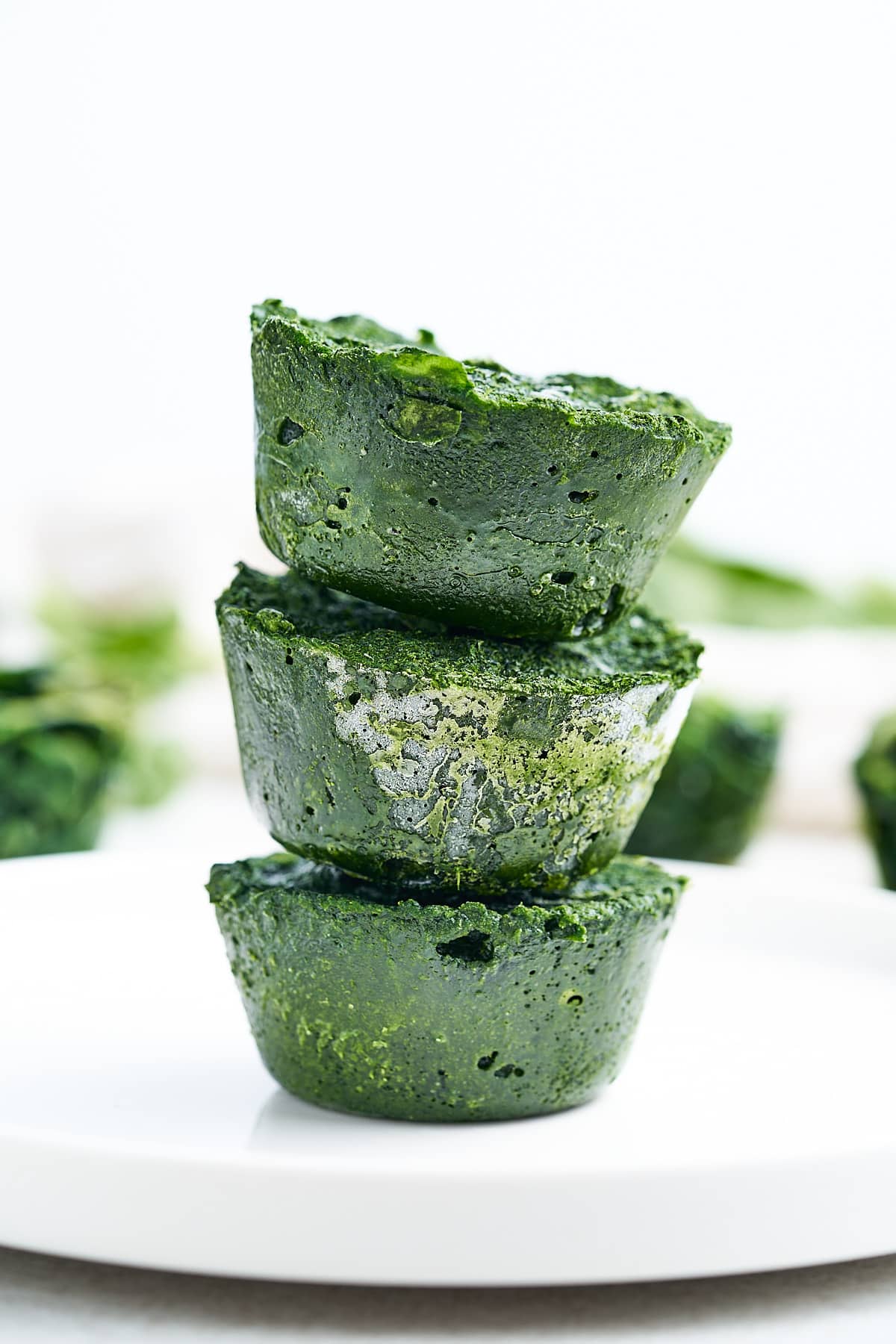
Spinach is a versatile, nutrient-dense green that can be used in so many ways. If you happen to have extra spinach on hand, or like to save time, learning how to freeze spinach is the perfect way to preserve its freshness.
Now, you can enjoy all the benefits it has to offer, no matter what time of year it is! Once you learn the most common ways to freeze spinach and the benefits and pitfalls of each one, you can decide for yourself the best option to take to make sure you’re consistently getting all your greens!
- 🌿 Freezing Fresh Spinach Leaves
- 🌿 Freezing pureed spinach
- 🌿 Freezing blanched spinach
- 🔥 Thawing Frozen Spinach
- 🍽️ Recipes With Spinach
- 🤓 Spinach Freezing FAQ
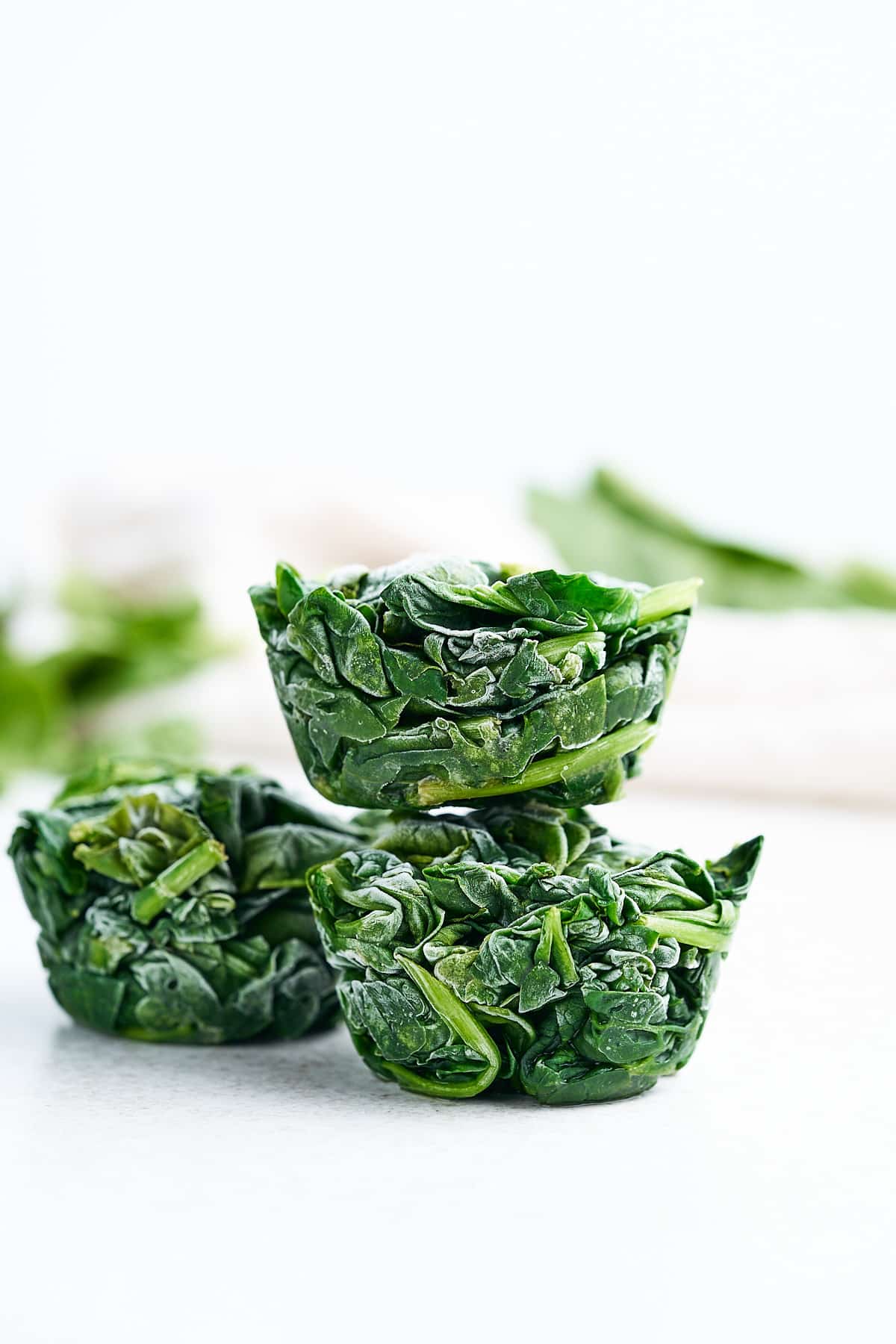
🌿 Freezing Fresh Spinach Leaves
👍 Pros
- The quickest and easiest method that requires the least amount of time. Just add it to a bag and freeze.
- Retains its natural texture, so using it later is easier for many types of recipes like soups, dips, and casseroles.
👎 Cons
- You need to use large freezer bags, so it’s not the best option for saving space.
- May not hold up as well in certain recipes once it thaws.
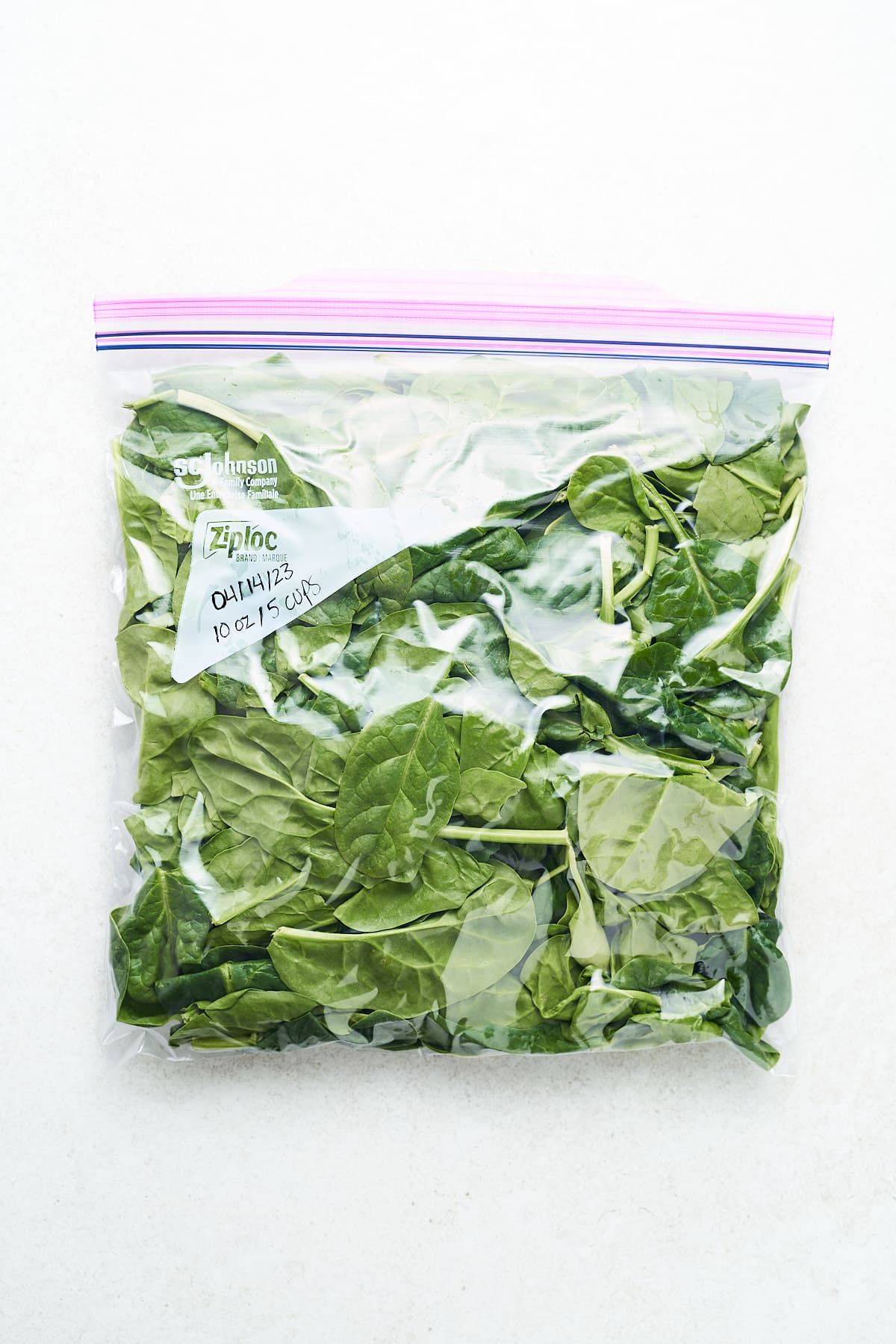
❄️ How to freeze fresh spinach leaves
- Choose fresh, high-quality leaves that are vibrant green. If need be, pick through older spinach in your fridge and remove slimy, damaged leaves.
- Wash the spinach under cold running water to remove dirt and debris. If you’re using double or triple-washed spinach from a bag or carton, feel free to skip this step.
- Use a salad spinner or gently pat the leaves dry with paper towels to remove excess moisture.
- Place the spinach in freezer-safe bags, airtight containers, or vacuum-sealed bags. Remove as much air as possible to minimize freezer burn.
- Remember to label each bag or container with the date and contents before placing it in the freezer. For reference, I can fit about 8-10 ounces of fresh spinach in a Ziploc bag.
🌿 Freezing pureed spinach
👍 Pros
- Saves on space so you can make it in bulk for later use.
- Preserves nutrients fairly well.
- Beneficial for adding to spinach smoothies to increase your greens intake.
👎 Cons
- Requires a blender, more time, and is messier to clean up.
- Can’t be used in recipes that call for whole spinach leaves.
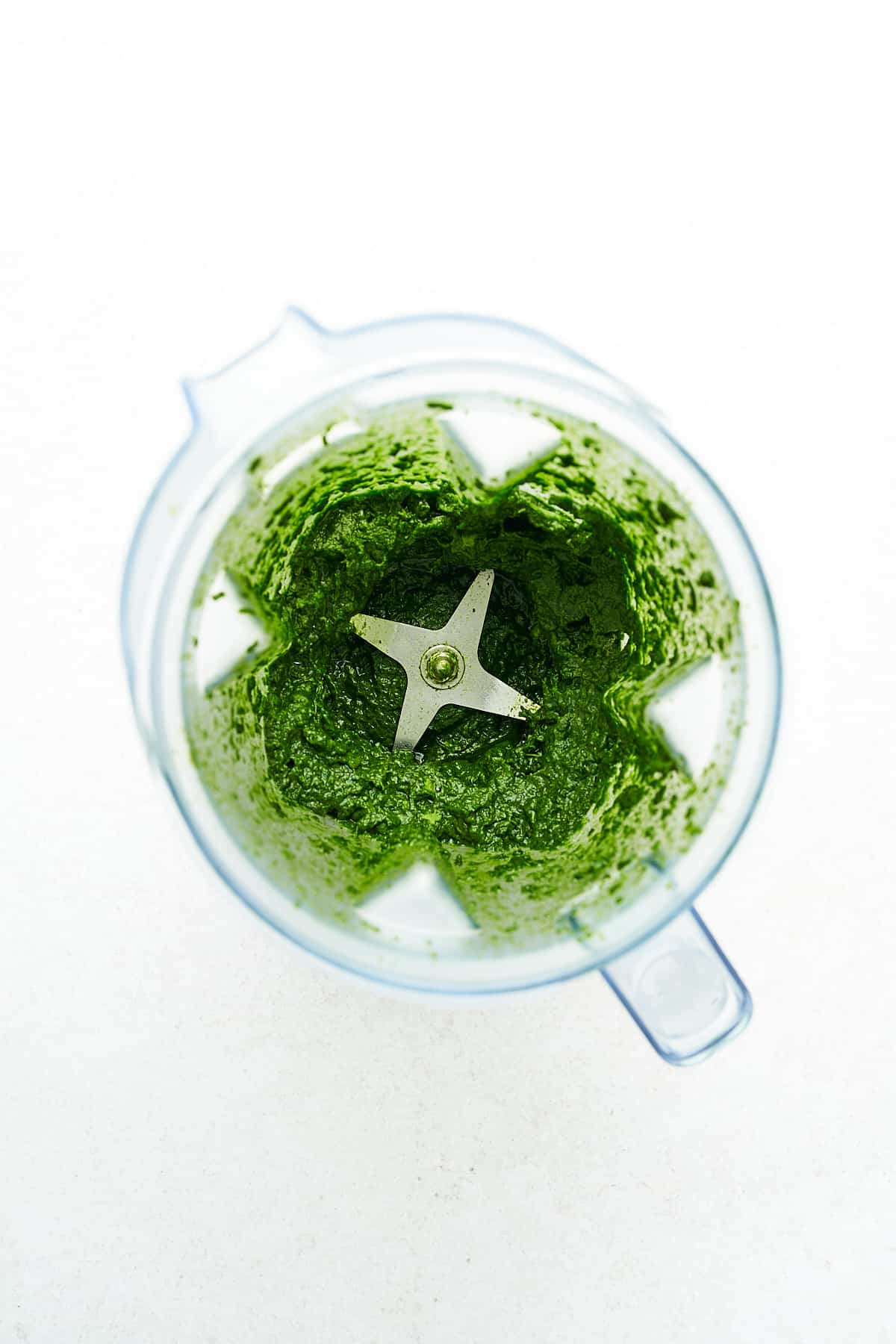
❄️ How to freeze pureed spinach
- Wash and dry the spinach leaves as described above.
- Puree the spinach in a blender or food processor. Add a splash of water if needed to achieve a smooth consistency. I find a high-speed blender with a blending stick works best for this process.
- Portion the pureed spinach into ice cube trays, muffin tins, or silicone molds and freeze until solid.
- Pop the spinach cubes out of the trays and store them in airtight containers or freezer bags, labeled with the date and contents.
🌿 Freezing blanched spinach
👍 Pros
- Lasts the longest because it delays the enzymatic process.
- Has the best texture when it is used in cooked recipes like soups and casseroles.
👎 Cons
- Requires more preparation, equipment, and cooking time than the other methods.
- Can damage some of the nutrients if cooked for too long or not properly cooled.
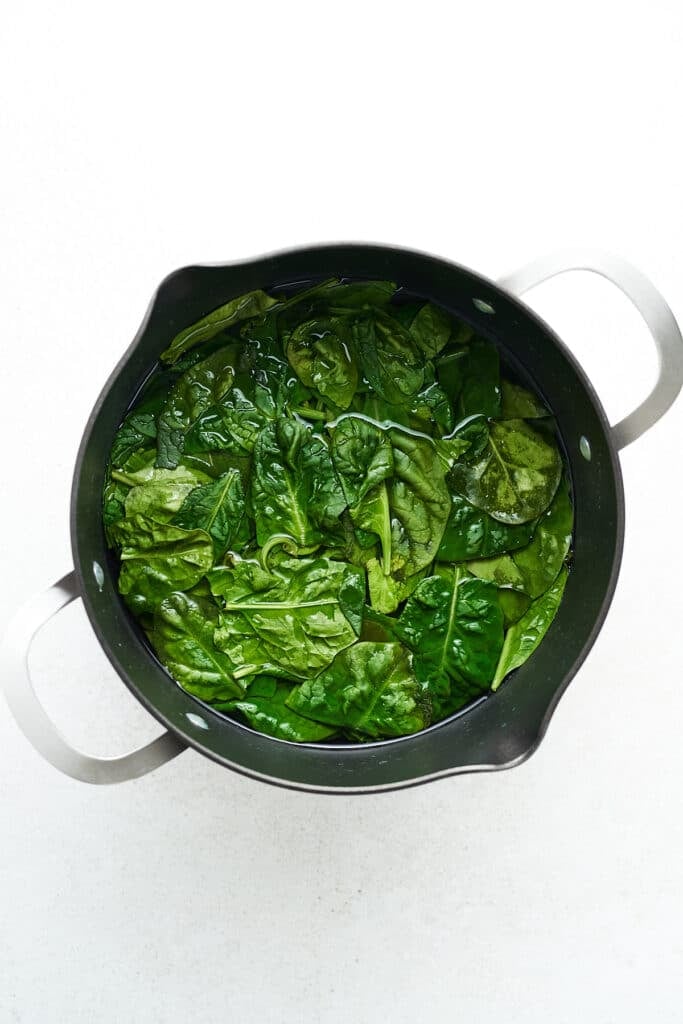
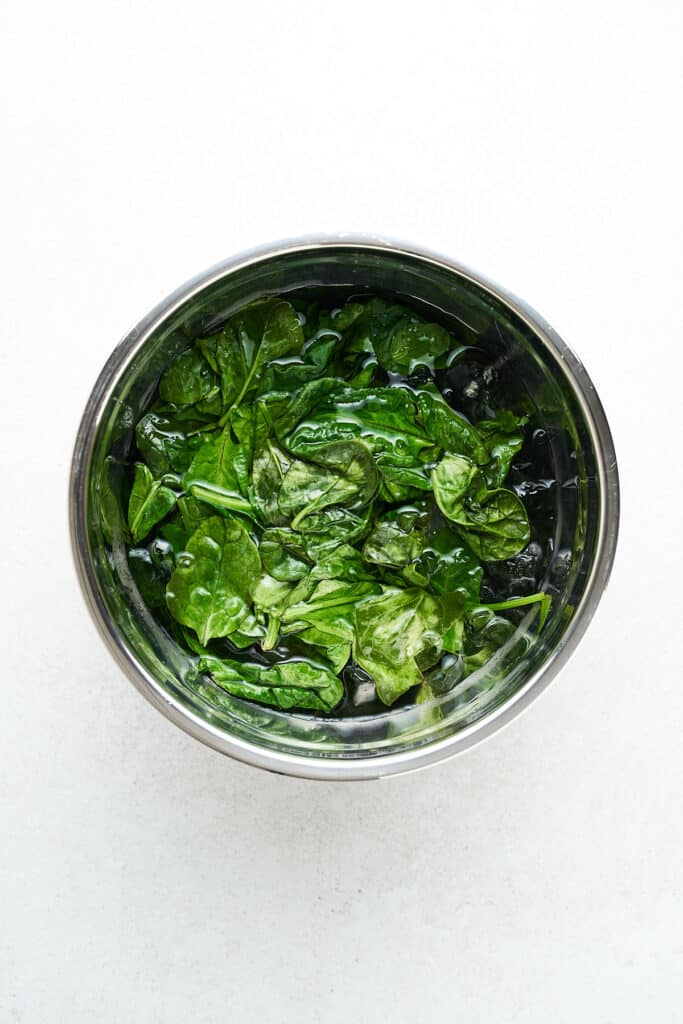
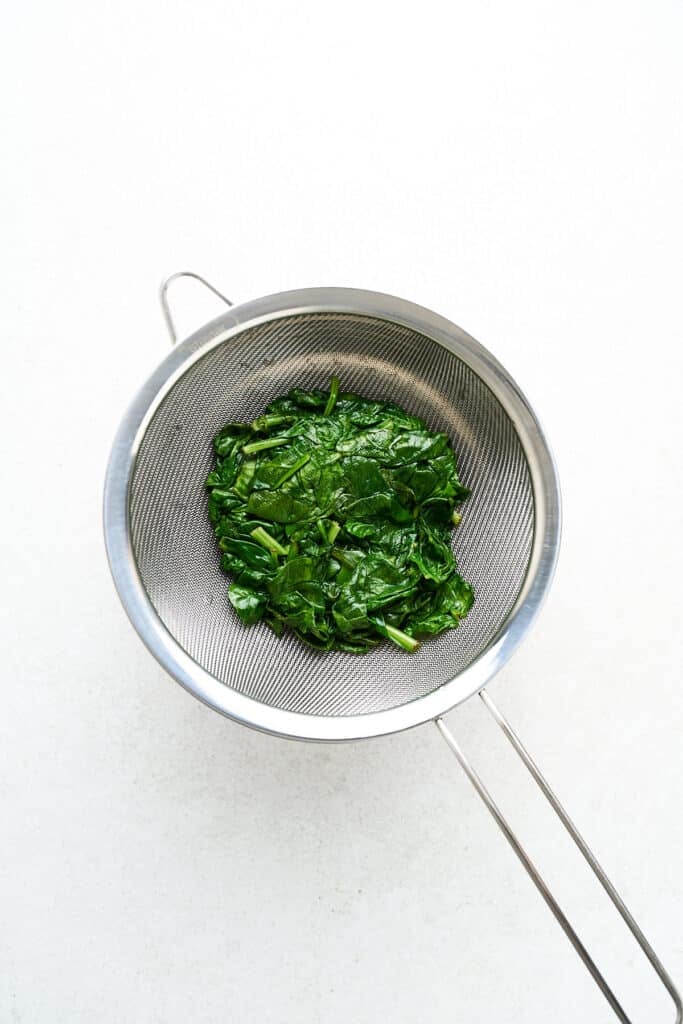
❄️ To freeze blanched spinach
- Bring a large pot of water to a rolling boil, and prepare an ice bath in a separate bowl.
- Add the spinach to the boiling water and let it cook for 1-2 minutes, or until it turns a vibrant green color and the stems just turn soft.
- Quickly remove the spinach with a slotted spoon and immerse it in the ice bath for about 1 minute to stop the cooking process. Make sure to press it down with the spoon so it’s fully submerged.
- Drain the blanched spinach in a mesh strainer, making sure to squeeze out as much water as possible with your hands.
- Portion the spinach into airtight containers, freezer bags, or muffin tins. Alternatively, press it into a measuring cup, then transfer the “pucks” to a baking tray to freeze.
- Once frozen, transfer the pucks to a freezer bag, labeling it with the date and contents.
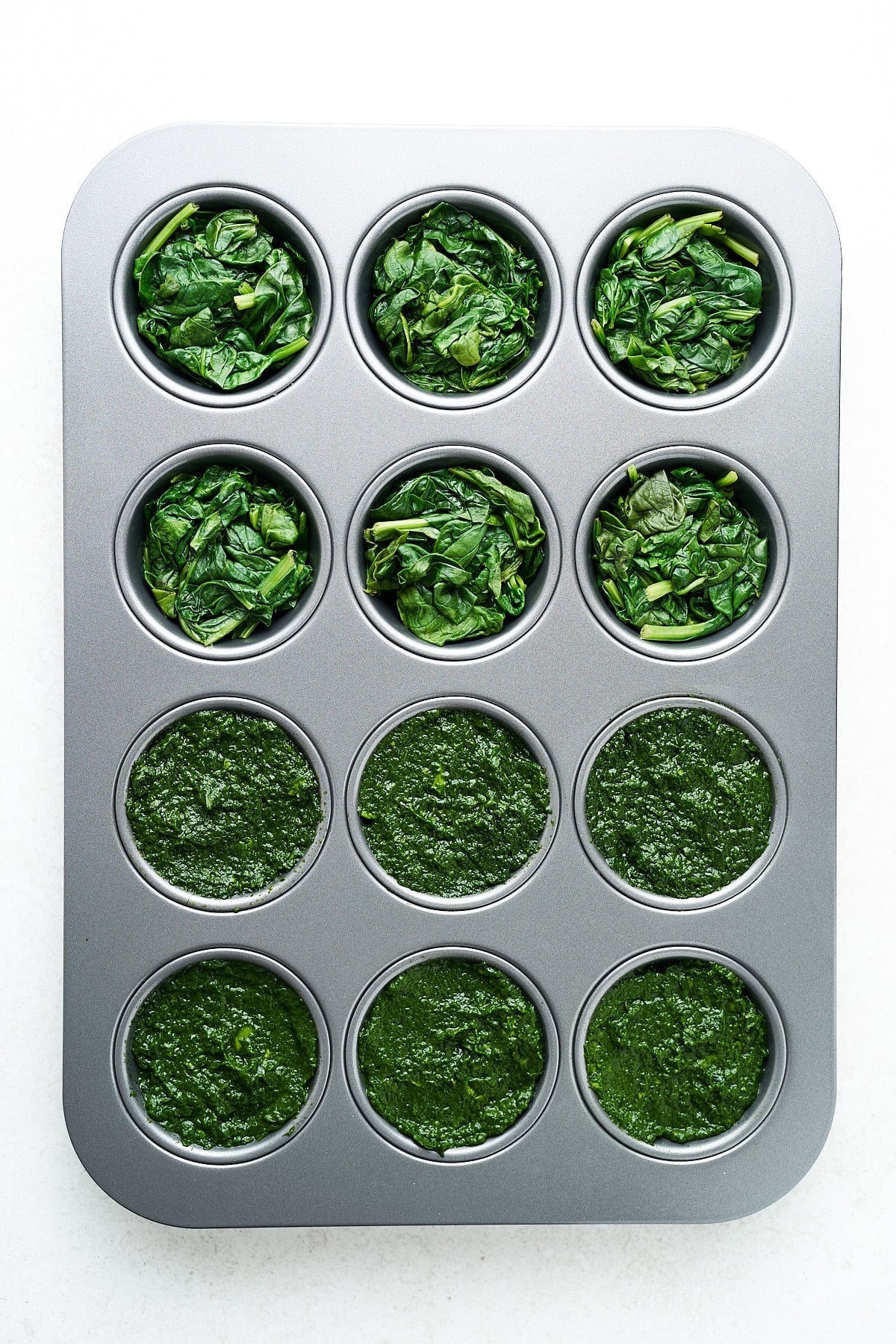
🔥 Thawing Frozen Spinach
When you need to use your frozen spinach, you can throw it right in the blender to cool smoothies. If you’re using it in a cooked recipe, the best option is to thaw it overnight in the fridge and use it the next morning.
Alternatively, you can thaw it quickly in the microwave by using the “defrost” function. Once thawed, easily incorporate it into your favorite dishes!
🍽️ Recipes With Spinach
We’ve got dozens of easy vegetarian spinach recipes around here, but these are a few of our favorites!
- Egg White Frittata with Spinach and Feta
- Sweet Potato & Spinach Quinoa Breakfast Skillet
- Spinach Nutella Smoothie
- Spinach Artichoke Dip
- Green Smoothie Bowl
🤓 Spinach Freezing FAQ
You can freeze spinach for up to 1 year. Just be sure to label the bag with the date and the amount of spinach you used so it’s easier to keep track of the freshness.
Frozen spinach is not ideal for salad since the texture will change too much once it’s thawed. Frozen spinach is best used in cooked recipes like soups, stews, and casserole dishes, or used in smoothies.
Once you thaw frozen spinach, it’s not recommended to refreeze it since the texture and quality will change too much. So you don’t end up with wasted spinach, try your best to portion it into smaller containers or bags before freezing it.
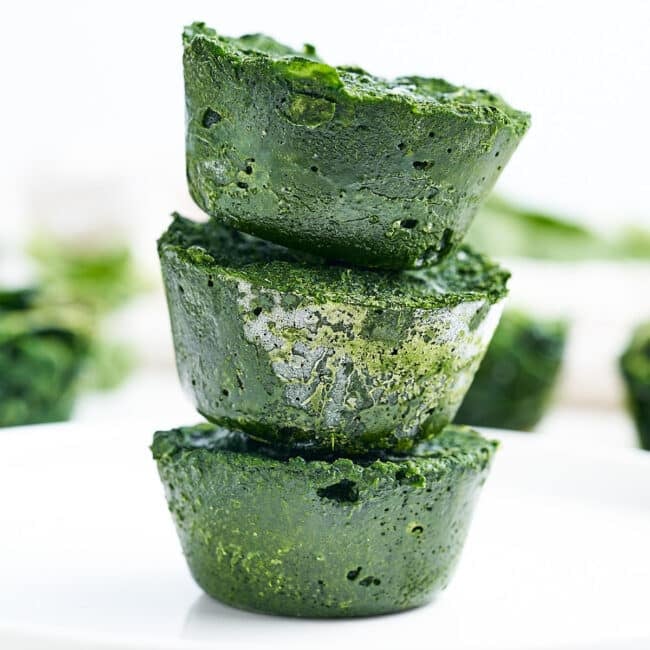
Ingredients
- Fresh spinach leaves
Instructions
Option 1: Fresh Spinach Leaves
- Wash: Wash the spinach under cold running water to remove dirt and debris. If you’re using double or triple-washed spinach from a bag or carton, feel free to skip this step. Use a salad spinner or gently pat the leaves dry with paper towels to remove excess moisture.
- Freeze: Place the spinach in freezer-safe bags, airtight containers, or vacuum-sealed bags. Remove as much air as possible to minimize freezer burn. Remember to label each bag or container with the date and contents before placing it in the freezer. For reference, I can fit about 8-10 ounces of fresh spinach in a Ziploc bag.
Option 2: Pureed Spinach
- Wash: Wash and dry the spinach leaves as described above.
- Puree: Puree the spinach in a blender or food processor. Add a splash of water if needed to achieve a smooth consistency. I find a high-speed blender with a blending stick works best for this process.
- Freeze: Portion the pureed spinach into ice cube trays, muffin tins, or silicone molds and freeze until solid. Pop the spinach cubes out of the trays and store them in airtight containers or freezer bags, labeled with the date and contents.
Option 3: Blanched Spinach
- Cook: Bring a large pot of water to a rolling boil, and prepare an ice bath in a separate bowl. Add the spinach to the boiling water and let it cook for 1-2 minutes, or until it turns a vibrant green color and the stems just turn soft.
- Ice Bath: Quickly remove the spinach with a slotted spoon and immerse it in the ice bath for about 1 minute to stop the cooking process. Make sure to press it down with the spoon so it’s fully submerged.
- Drain: Drain the blanched spinach in a mesh strainer, making sure to squeeze out as much water as possible with your hands.
- Freeze: Portion the spinach into airtight containers, freezer bags, or muffin tins. Alternatively, press it into a measuring cup, then transfer the “pucks” to a baking tray to freeze. Once frozen, transfer the pucks to a freezer bag, labeling it with the date and contents.
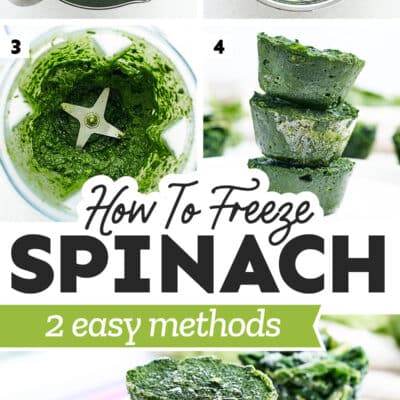
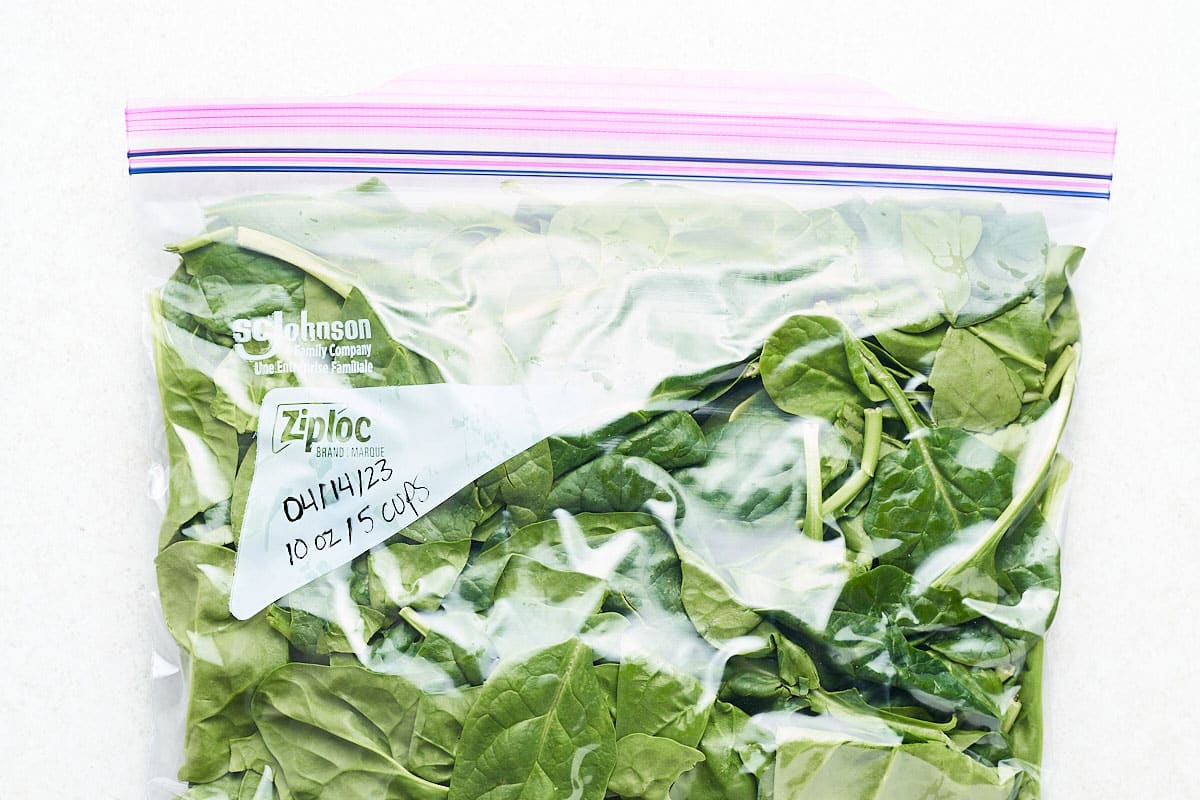
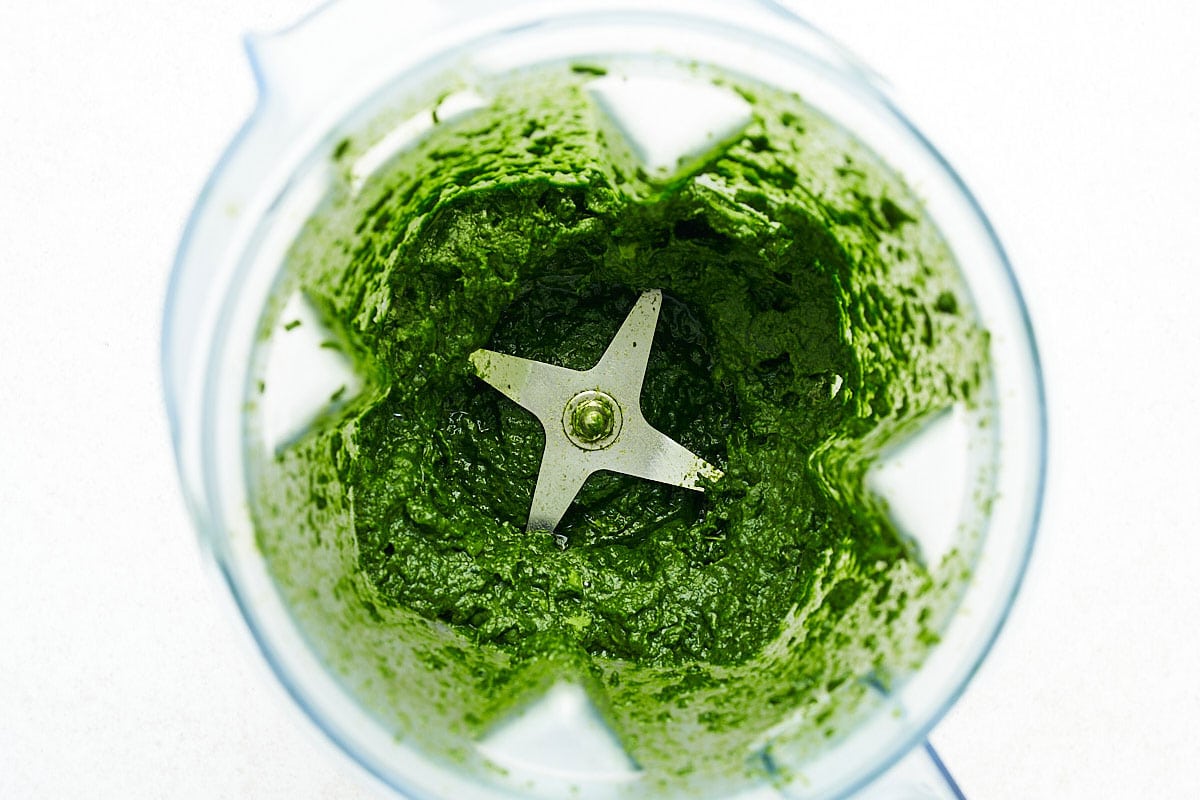
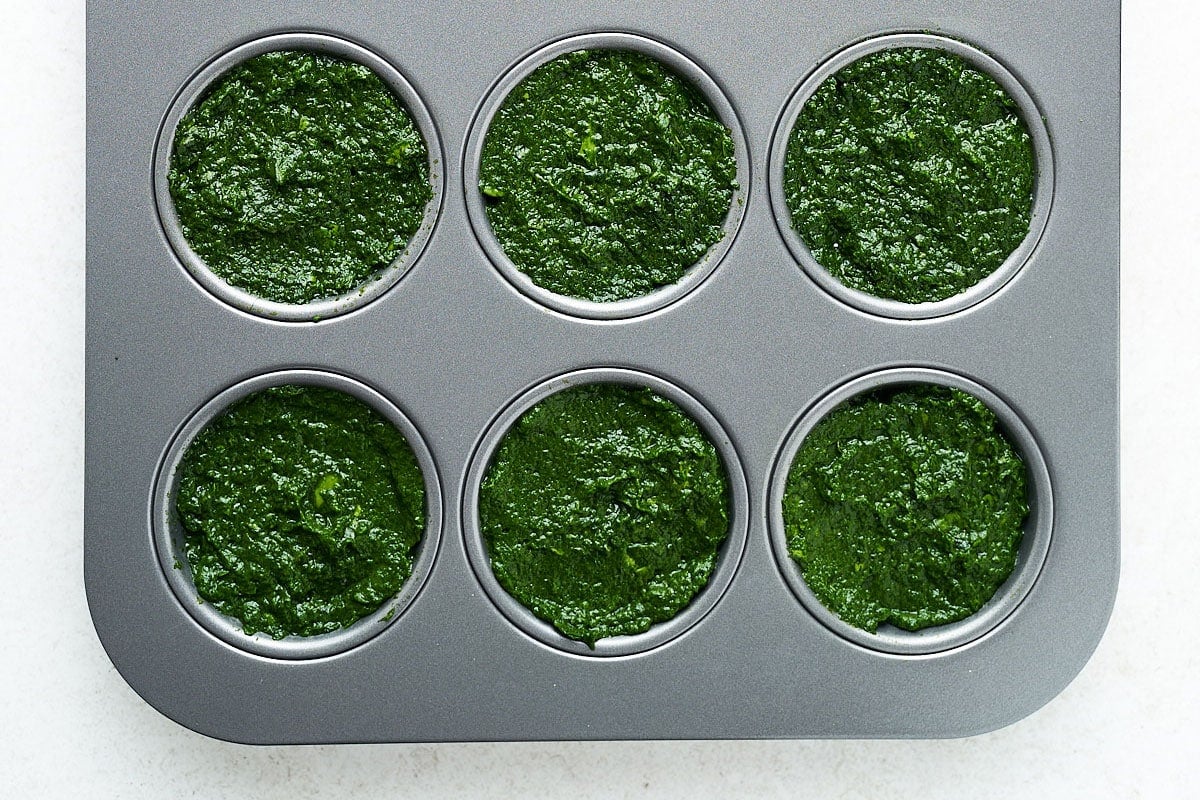
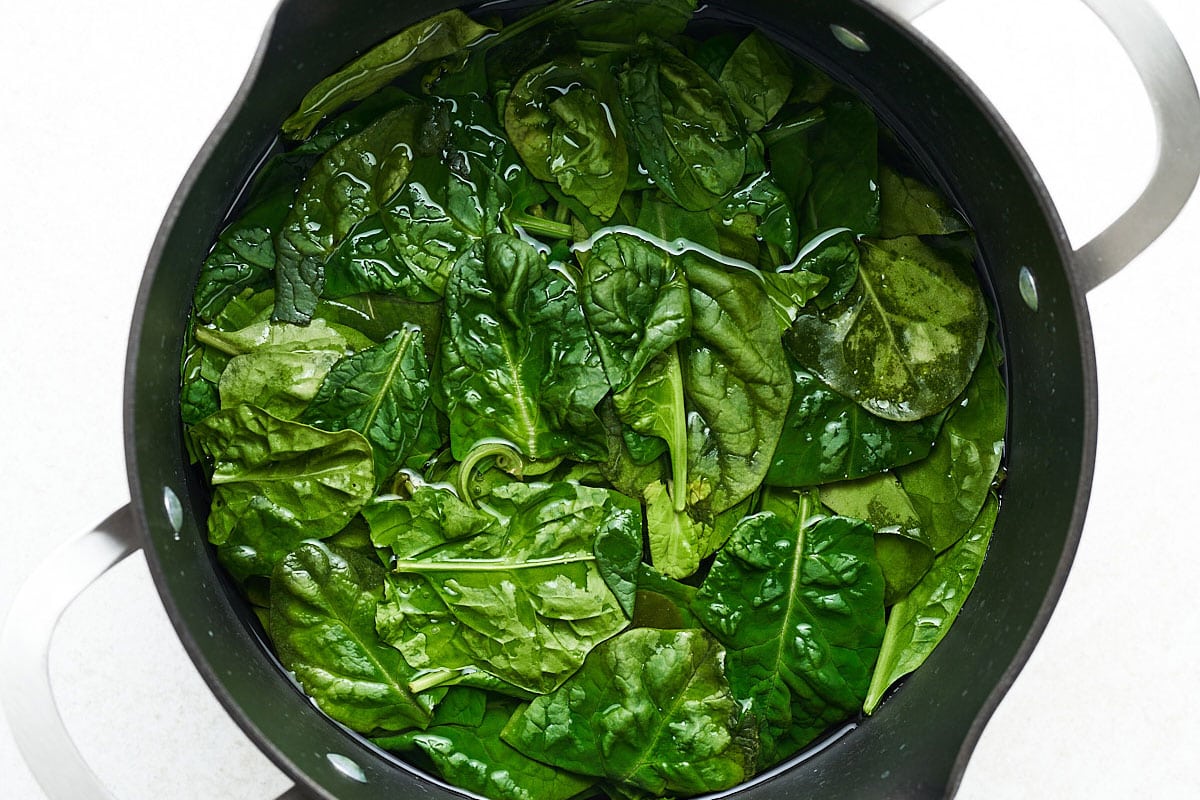
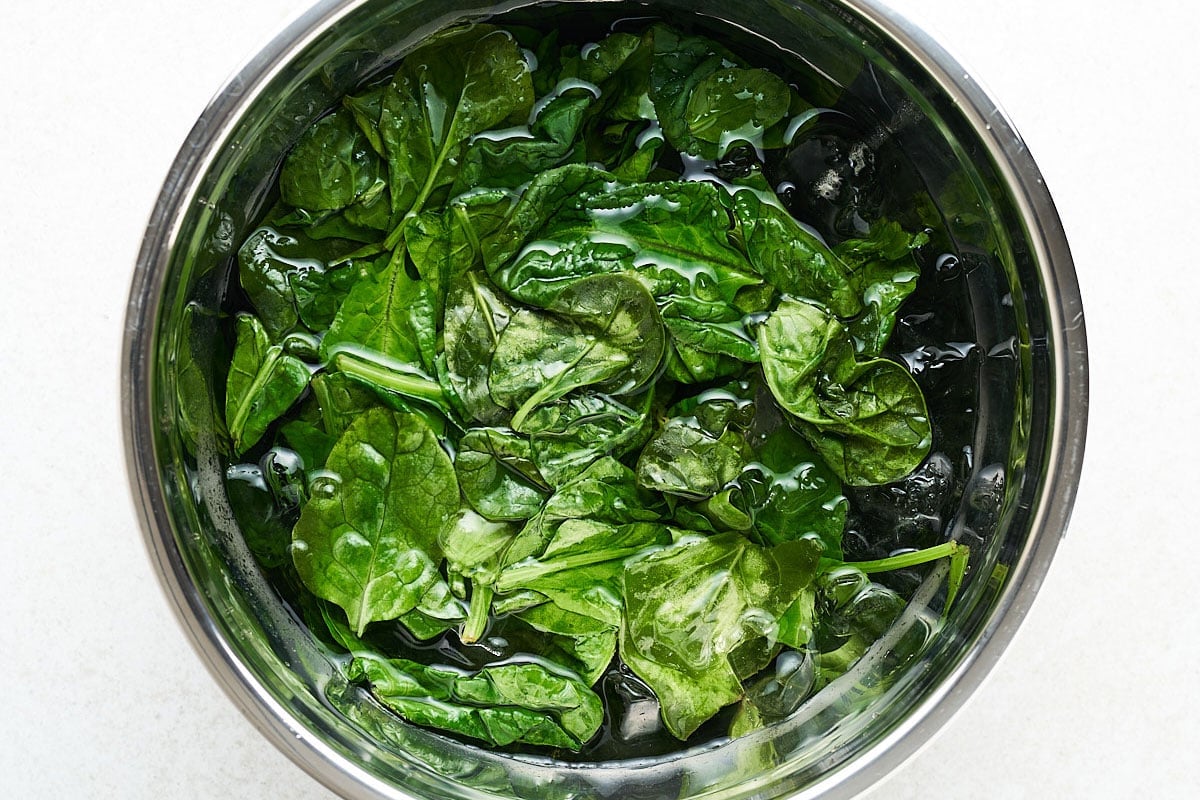
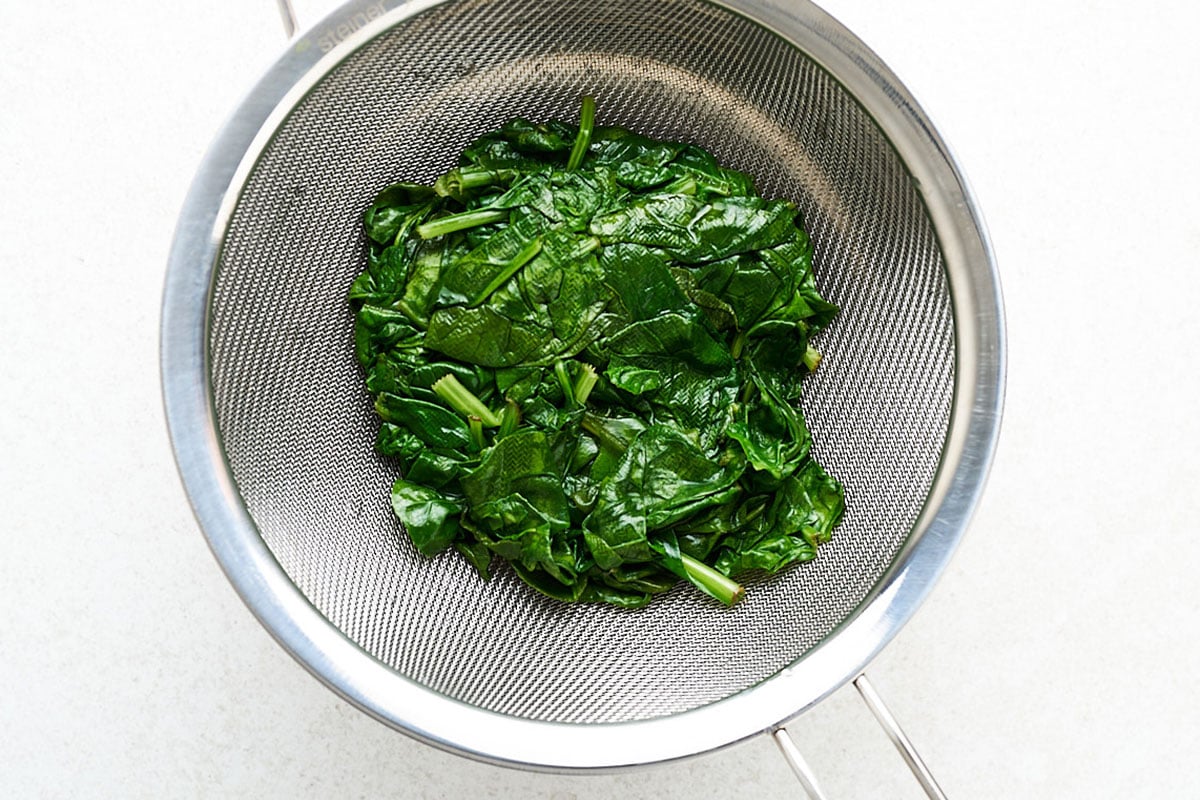
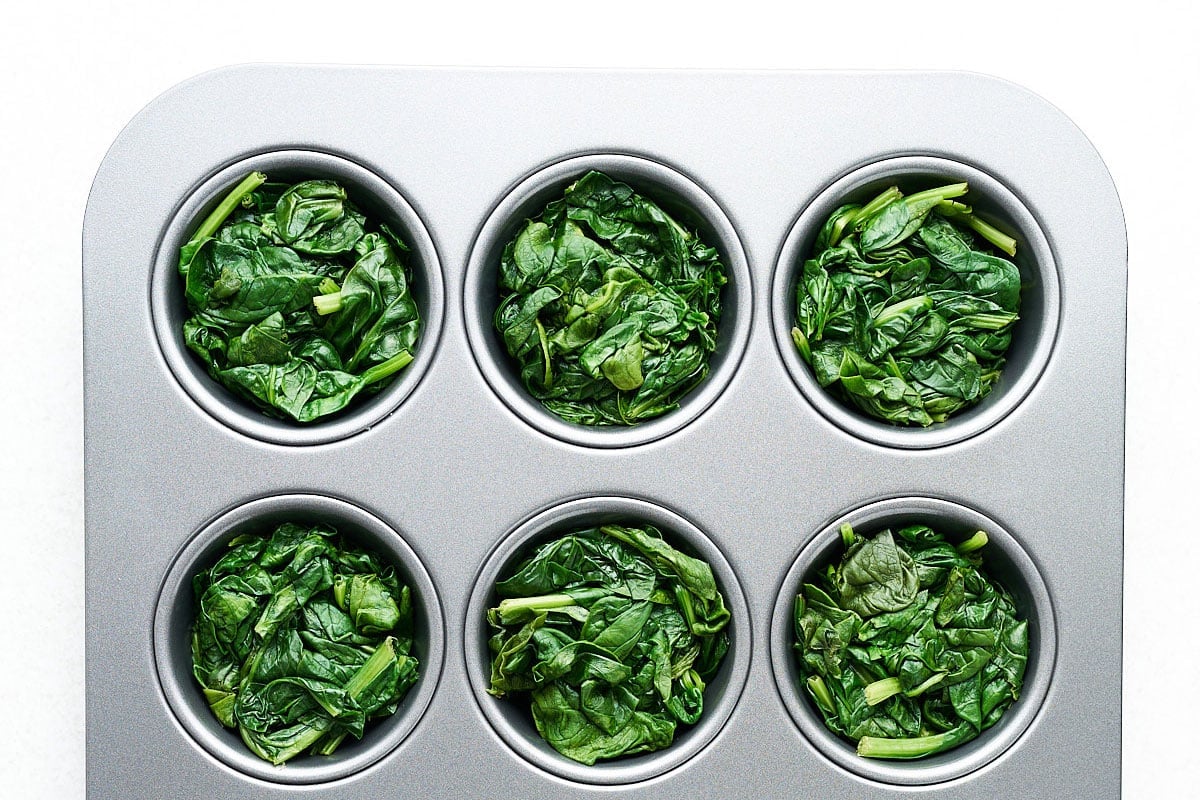
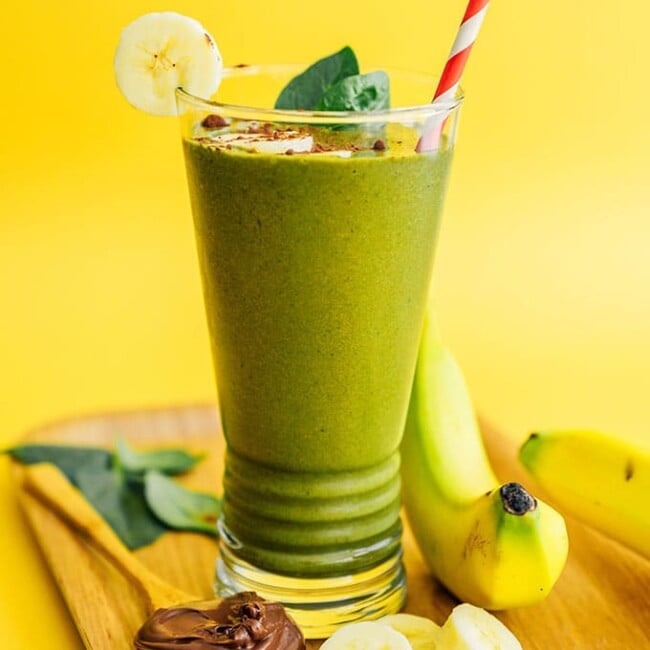

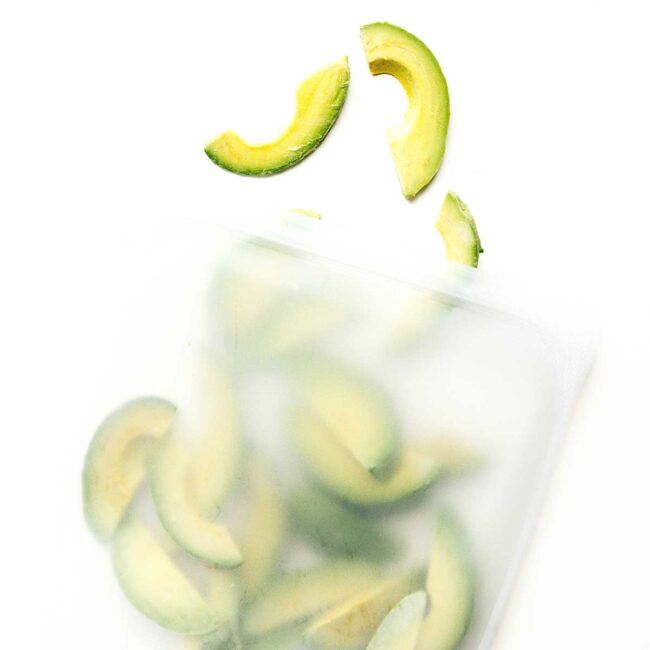
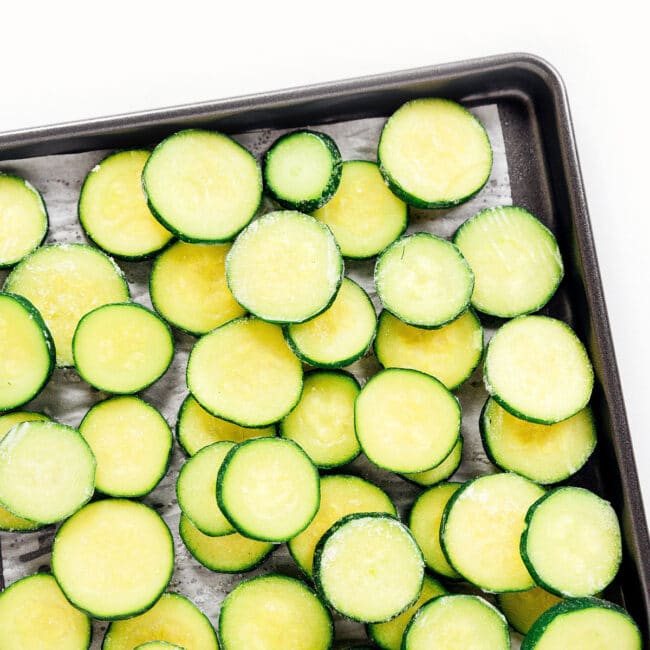
Leave a Comment